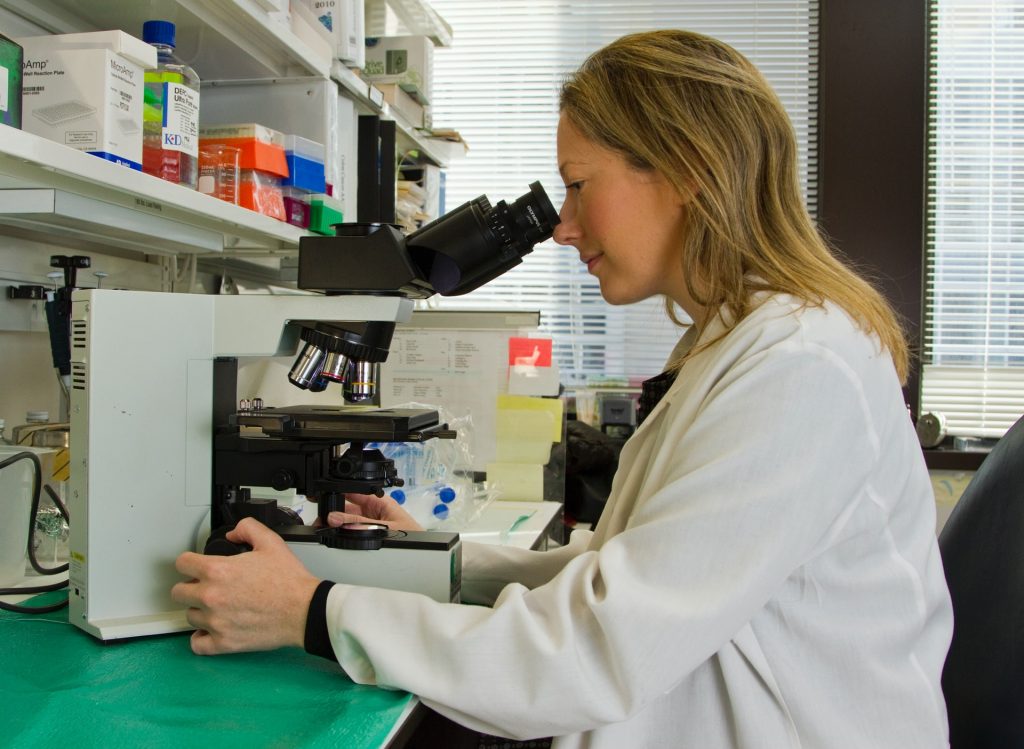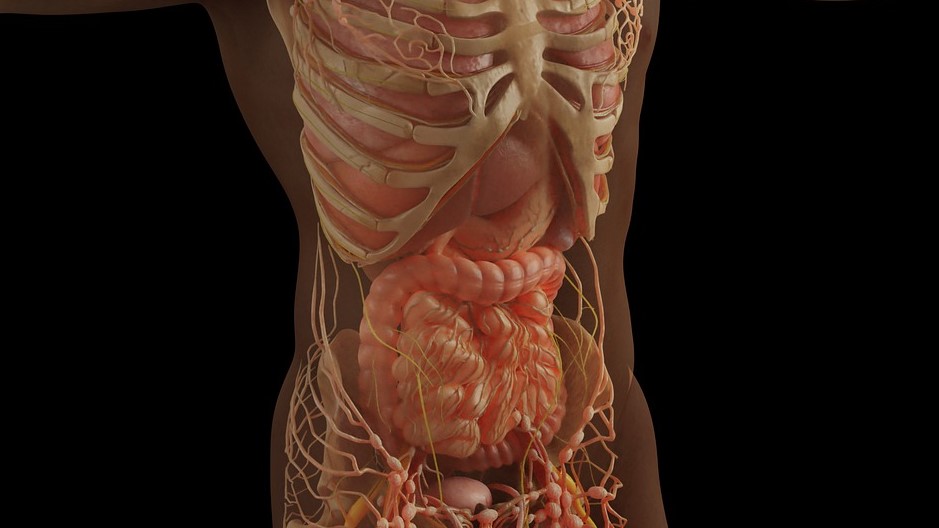Combination Therapy for Patients with Advanced Classic Hodgkin Lymphoma Boosts 1-year Survival

Results from a Phase 3 trial of patients with advanced Stage (3 or 4) classic Hodgkin lymphoma who underwent initial treatment with nivolumab, a PD-1 checkpoint inhibitor, and AVD chemotherapy (N-AVD) showed that they had a significantly lower risk cancer worsening than patients treated with brentuximab vedotin, a monoclonal antibody, and AVD (BV-AVD) a year after starting treatment.
Ninety-four percent of adolescent and adult patients in the N-AVD group had progression-free survival compared with 86% in the BV-AVD arm. N-AVD was also well-tolerated as there were few serious immune-related side effects in the S1826 trial. The median follow-up was 12.1 months.
These late-breaking findings were presented by lead investigator Alex Herrera, MD, at ASCO’s 2023 Plenary Session.
“The results are remarkable. The combination of nivolumab and chemotherapy is potent and safe in patients with Stage 3 or 4 classic Hodgkin lymphoma as an initial treatment,” said Herrera. “The therapy is poised to be a standard for treatment of advanced Hodgkin lymphoma. This is indeed great news for patients with this cancer as there is another effective and safe treatment option for them.”
The S1826 trial is the largest classic Hodgkin lymphoma study ever conducted in the NCI’s National Clinical Trials Network and is also representative of a diverse patient population. About a quarter of the enrolled patients were Black or Hispanic. A partnership with the Children’s Oncology Group (COG) helped ensure the trial included young adolescents, and a quarter of enrolled patients were younger than 18 years old. Nearly two-thirds of all patients had Stage 4 cancer.
“This study speaks to the power of the National Clinical Trials Network and is an excellent example of the transformative work that the NCI funds,” said senior author Jonathan Friedberg, MS, MMSc. “Hodgkin lymphoma is not a common disease and the NCTN enabled a large network of more than 200 paediatric and adult community providers and academic medical centres to work together. Because of that, we were able to get data very quickly and directly impact patient care. This was a critical investment in cancer research and treatment.”
Patients with Stage 3 or 4 classic Hodgkin lymphoma who had not been previously treated and were age 12 or older were eligible for the trial. Of a total of 976 eligible patients, 489 were enrolled in the N-AVD arm (nivolumab plus Adriamycin, vinblastine and dacarbazine), while 487 were part of the BV-AVD group. Each group received six infusion cycles of each combination therapy.
As expected with combination chemotherapy, the most common side effects included gastrointestinal and hematologic toxicities, and fatigue. However, less than 1% of patients needed radiation after trial treatment, which is a dramatic reduction in the proportion of patients being initially treated for Hodgkin lymphoma who need radiation, especially among paediatric patients.
“The ability to maintain high rates of relapse-free survival with minimal use of radiation therapy in children with newly diagnosed advanced stage Hodgkin lymphoma will be a paradigm shift,” said Sharon Castellino, MD, MSc, chair of the COG Hodgkin lymphoma committee and director of the Leukemia and Lymphoma Program at the Aflac Cancer and Blood Disorders Center, Children’s Healthcare of Atlanta, Winship Cancer Institute at Emory University.
Brentuximab vedotin was the first antibody-drug conjugate developed for classic Hodgkin lymphoma. Several studies have demonstrated that incorporating the therapy into frontline treatment improves progression-free survival and overall survival. Despite improved outcomes, there are still serious side effects; relapses can occur.
“There is definitely a need to improve frontline therapies for Hodgkin lymphoma, particularly because a disproportionate number of patients with this disease are teens and young adults,” Herrera added.
Next steps for the trial include following patients to measure the durability of progression-free survival, overall survival and other patient outcomes.
Source: PR Newswire



